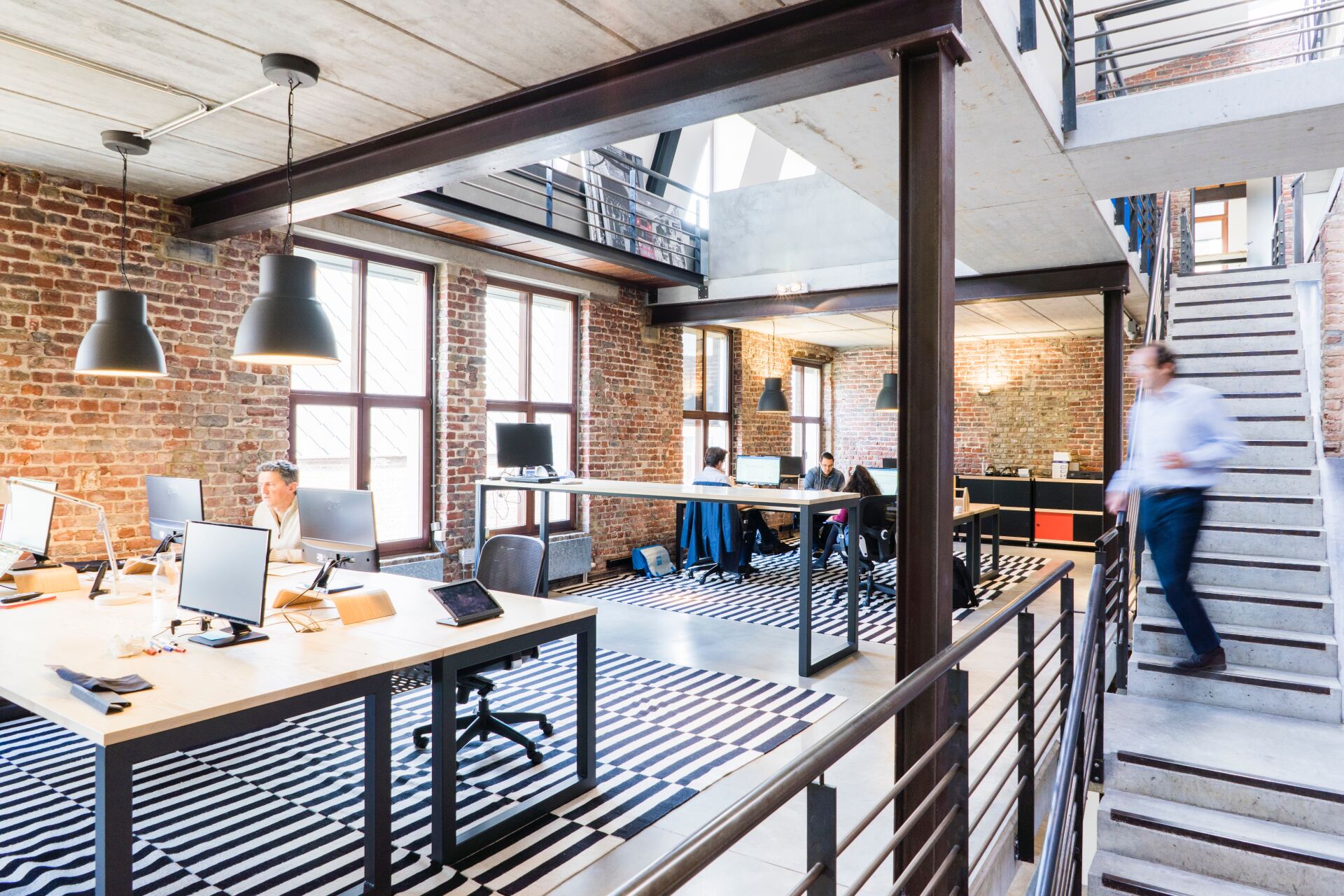What is technical asset management?
You may have noticed that our website has a new look. It’s not plastic surgery – more of an updating of the wardrobe to better reflect who we are now.
Recently we have concluded that what we do can best be described by the term technical asset management - translating a technical understanding of how a building works into an understanding of its impact on financial and environmental performance.
What does that mean and how does it help?
It’s easiest to explain through the story of a building.
The story of a building
Let’s imagine this building. It is big. It was built a long time ago and it’s located in the middle of a bustling, thriving city. There are a lot of people who spend a lot of time inside it almost every day.
It is being sold and an investor is considering buying it. She needs to feel certain the building will make money down the track. This is important because a lot of people’s pension pots are depending on it.
She needs to understand the building’s impact on the planet as this has a knock-on impact on whether she can rent the building and how much she can charge for it. What will she need to spend to make it a sustainable building?
This building is full of complex engineering that has changed over time – none of which the investor understands. But she knows it is the engineering and physics of this building which determines how much money is required to run it each day; how easy it will be to reduce its carbon emissions and how pleasant it is to spend many hours inside it.
So, the investor asks a technical asset management consultant to help her make the decision.
Buying a building
The consultant is an expert in mechanical and electrical building services engineering. He dons a high viz jacket and a hard hat and starts investigating the bits of the building that most people don’t see - the plant room, the ceiling cavities, electrical junctions and the roof etc.
He takes photos and writes endless notes about what plant and equipment is there, how it works, how old it is, how well it’s been maintained and how easy it will be to buy replacement parts if it breaks down.
All of this goes into the consultant’s computer as a digital list (or ‘asset register’).
This helps him build a computer simulated version of the building (a digital twin or dynamic simulation model) in specialist software. Using this cyber version of the building he experiments with different scenarios - how the building is likely to react in a heatwave, in a flood, during a power cut.
He also tests out what would happen if different equipment were put inside the building – ie if all the lightbulbs were replaced with energy efficient lighting. It helps him understand that while it would save carbon emissions and electricity it would also mean rooms will be colder so he has to factor in more heating, for example.
He uses this cyber version to see which energy performance certificate (EPC) rating the building will achieve after the changes. The building needs to get a good rating or the investor will not be able to rent it in eight years’ time.
Using this virtual model the consultant can understand what changes will need to be made and by when to ensure the building no longer has a negative impact within the desired timescale.
Using different software he then proceeds to cost everything up with a proposed timetable – wherever possible he makes sure that any switch to energy efficient systems is done when existing plant is at the end of its economic life to reduce costs and embodied carbon.
The consultant can now tell the buyer just how much money she is likely to have to spend on this building and when. This helps her work out how much money she wants to pay for it.
Owning the building
The figures look promising; the investor decides to buy the building. She asks the consultant to stay on to help her manage this valuable asset.
He visits the building four times a year – adding more detail to the asset register each time. He checks that those responsible for maintaining, cleaning and managing the building are doing it properly. He looks at the energy data and compares it to seasonal benchmarks over the year. He works to understand how and why the building is using energy.
He also knows the world and technology is changing rapidly. He educates himself on the latest changes and looks to see if it can offer new solutions for the building. He reviews the original cost plan and keeps reviewing it each year in partnership with everyone involved in the building such as the building manager and the contractors. He makes sure he uses the learning from real and recent projects to sense-check costs.
He highlights which costs can be included in service charges to tenants and which costs will most likely need to be paid by the landlord. He converts all the costs into the financial language the investor uses (she trained as a surveyor) so she can more easily work out the impact on value and returns.
Improving the building
The changes are agreed. The consultant now moves onto preparing for and overseeing the work that has to be done. He plans meticulously – preparing detailed specifications for contractors, collecting their quotes and selecting the best value for money and sustainable options. He keeps everyone updated and informed. He tries to limit the impact on those inside the building doing their work and those outside the building who are walking or driving past. Every risk has to be thought about and planned for. Budgets and deadlines need to be met.
Once the work has been done the new information needs to be entered into the asset register. Those who operate the building, clean and maintain the equipment need to understand how to use the new equipment and what to do if it stops working. He updates the digital twin and issues a new EPC if required.
Now the consultant again turns his attention to the energy data – making sure those predictions of the computer simulation are in line with what is actually being delivered. Any deviations need to be understood, discussed, thought about and fed back into the model and processes. This helps prepare the building for achieving any operational energy rating the owner may want to target such as NABERS UK.
There is now so much data about this building in the consultant’s laptop it is bulging at the hinges. He spends time analysing it, seeing patterns and connections and creating new solutions based on the insights being generated.
As the building improves, so does his knowledge and understanding of it. They are now like an old married couple who know each other so well they can predict how each other will behave in certain situations. Issues can be resolved quickly, changes made more rapidly.
Selling the building
One day the investor decides the time is right to sell the building and reap the expected return. She asks the consultant to help her tell the new buyer all about the building – the work that still needs doing, the risks that have been identified, the current and future expected performance.
The consultant knows the information he has built up about the building is extremely valuable to the new owner so he packages it up in a way the new buyer and their consultants can save it into their systems – reducing the time and money they would have to spend to obtain the same information. Passing on knowledge means the new owner can continue improving and adding to the building’s story.
This is what it means to do technical asset management consulting. It means to know and care about each building you look after – its history and its future.
If you'd like to know more about resero's services and approach please check out
our services page. Alternatively please drop us an email on info@resero.co.uk or call us 01743 341 903.













